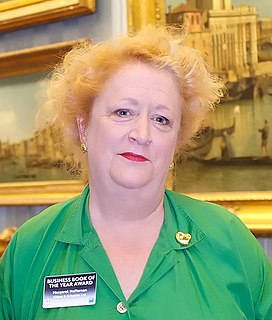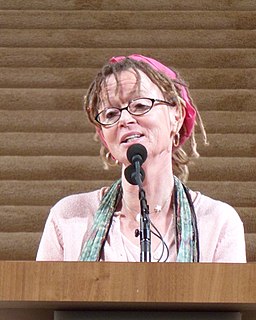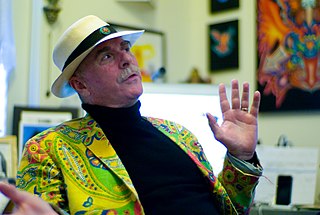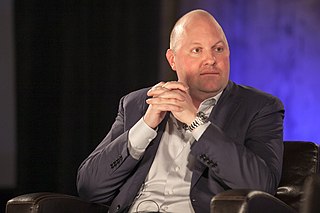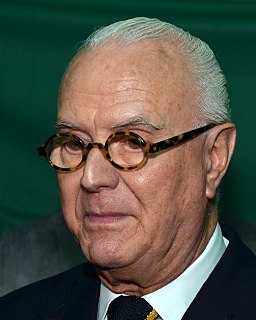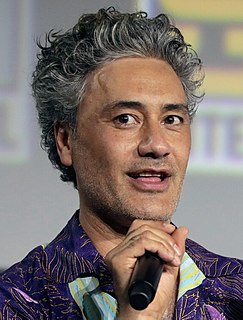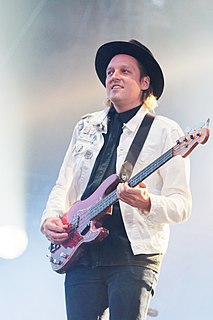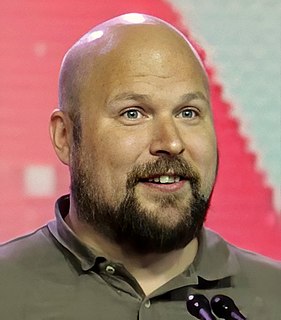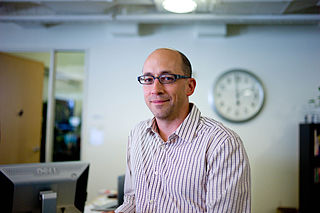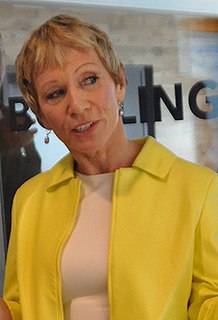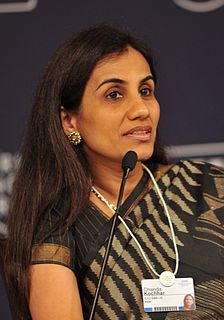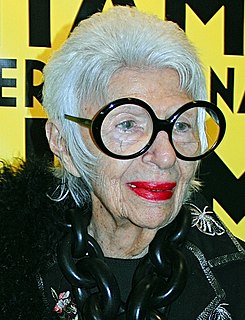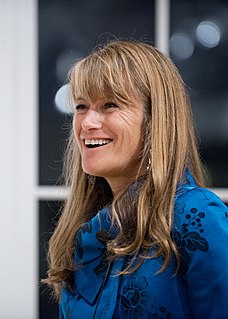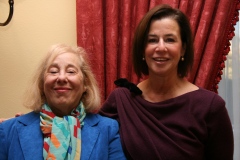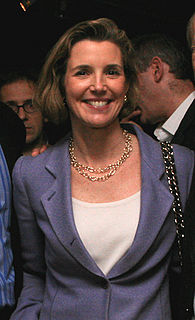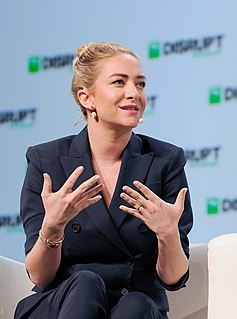A Quote by Margaret Heffernan
Huge open source organizations like Red Hat and Mozilla manage the collaboration of hundreds of people who don't know one another and have spent no time hanging around the water cooler.
Related Quotes
When what we see catches us off guard, and when we write it as realistically and openly as possible, it offers hope. You look around and say, Wow, there's that same mockingbird; there's that woman in the red hat again. The woman in the red hat is about hope because she's in it up to her neck, too, yet every day she puts on that crazy red hat and walks to town.
If an open source product gets good enough, we'll simply take it. So the great thing about open source is nobody owns it - a company like Oracle is free to take it for nothing, include it in our products and charge for support, and that's what we'll do. So it is not disruptive at all - you have to find places to add value. Once open source gets good enough, competing with it would be insane. We don't have to fight open source, we have to exploit open source.
One of the great things about the old days of television, 10 years ago, or 15 years ago, was that it was water cooler television. People would communally watch the same hour. People used to tell us all the time, we turn off the phones, we put the kids to bed and that one hour is uninterrupted. Then, the next day at the water cooler, they all talk about it.
Hundreds upon hundreds of news outlets - okay, thousands - are interested in following the happenings at the White House. Yet the number of news sources at the White House - people who know what's happening - is finite. Dozens maybe. With that imbalance hanging over the enterprise, it's hard for a group of reporters competing against one another to secure the upper hand.
I have 1.4 million followers on Twitter. I get very interesting, sometimes very diverse input from my followers. So it's sort of like this water cooler, digital water cooler, if you want to think about it, where you go and you listen to conversations that are happening that perhaps will shape your thinking.
I first wore a hat after seeing a friend wear a hat. It seemed like a neat way to keep snow off my head without having to wear a beanie, so I tried it on for a while. Turns out I started wearing the hat at around the time people took pictures of me and put them online and in newspapers, so it kind of became part of my public image.
